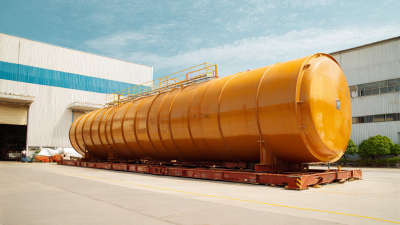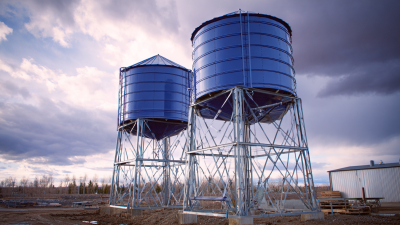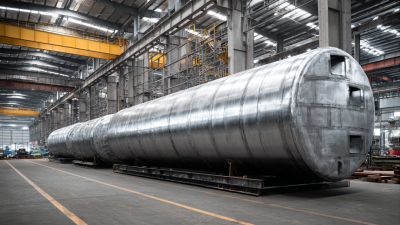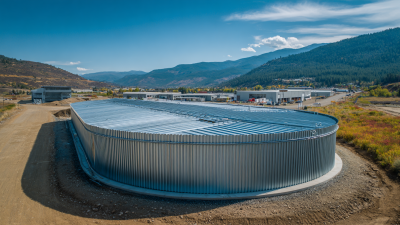Choosing the right overhead tank for your water storage needs is crucial for both residential and commercial applications. According to a report by the Water Environment Federation, proper water storage is essential to ensure a consistent water supply, especially in areas experiencing water scarcity.
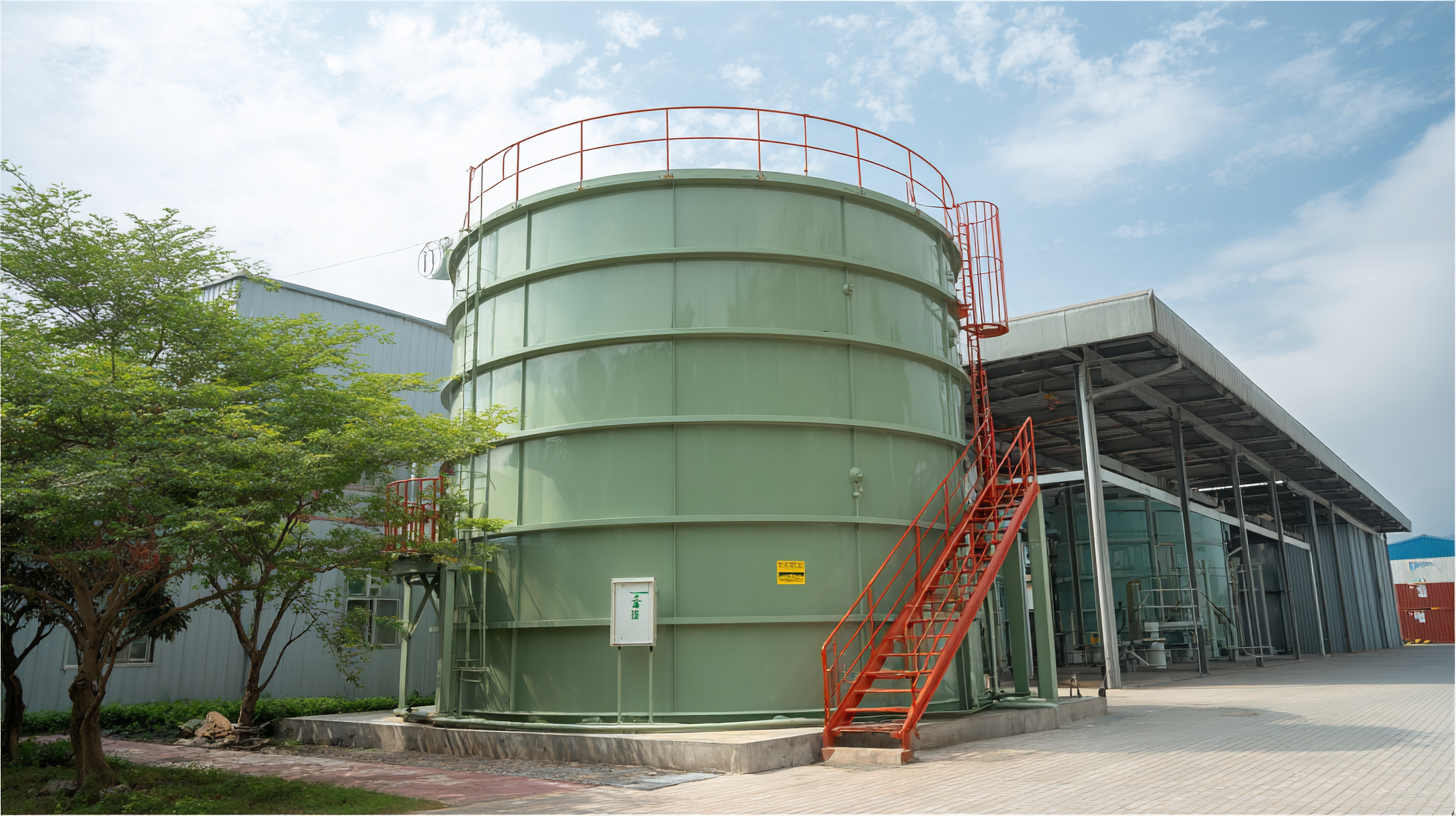 Overhead tanks not only provide a reliable source of water but also help manage fluctuating demand. Furthermore, a study published in the Journal of Water Resource Planning and Management highlights that well-designed overhead tank systems can enhance water pressure and reduce operational costs by minimizing pump run times. This makes the selection process for overhead tanks not just a question of capacity, but also one of efficiency, safety, and durability. As the water storage industry continues to evolve, understanding the key factors that influence the performance and longevity of overhead tanks becomes increasingly important for consumers and industry professionals alike.
Overhead tanks not only provide a reliable source of water but also help manage fluctuating demand. Furthermore, a study published in the Journal of Water Resource Planning and Management highlights that well-designed overhead tank systems can enhance water pressure and reduce operational costs by minimizing pump run times. This makes the selection process for overhead tanks not just a question of capacity, but also one of efficiency, safety, and durability. As the water storage industry continues to evolve, understanding the key factors that influence the performance and longevity of overhead tanks becomes increasingly important for consumers and industry professionals alike.
When it comes to selecting the right overhead tank for your water storage needs, understanding your water usage requirements is crucial. According to a report by the Water Research Foundation, the average household in the United States consumes about 300 gallons of water per day. This figure can vary significantly based on the number of occupants, lifestyle, and seasonal water needs. Careful assessment of your water consumption patterns will help determine the appropriate tank size and type, ensuring you have enough water to meet your daily demands.
**Tips:** Start by calculating your daily water usage. Consider factors such as washing, cooking, gardening, and other activities to get a comprehensive overview. Then, factor in peak usage times to avoid water shortages during critical hours.
Additionally, consider the material of the tank. Reports by the American Water Works Association suggest that tanks made from polyethylene or fiberglass offer corrosion resistance and UV protection, making them ideal for outdoor installations. Choosing the right material can enhance the longevity of your tank and reduce maintenance costs over time.
**Tips:** Research the specific environmental conditions your tank will face. For instance, if it will be exposed to direct sunlight or extreme temperatures, consider a tank designed for those conditions to avoid degradation and ensure optimal performance.
| Tank Size (Litres) | Material | Weight (kg) | Cost (USD) | Installation Requirement |
|---|---|---|---|---|
| 1000 | Polyethylene | 30 | 150 | Minimal |
| 2000 | Concrete | 150 | 400 | Requires foundation |
| 5000 | Steel | 200 | 800 | Heavy-duty installation |
| 10000 | Fiberglass | 500 | 1500 | Professional installation |
| 25000 | Stainless Steel | 750 | 3000 | Complex foundation |
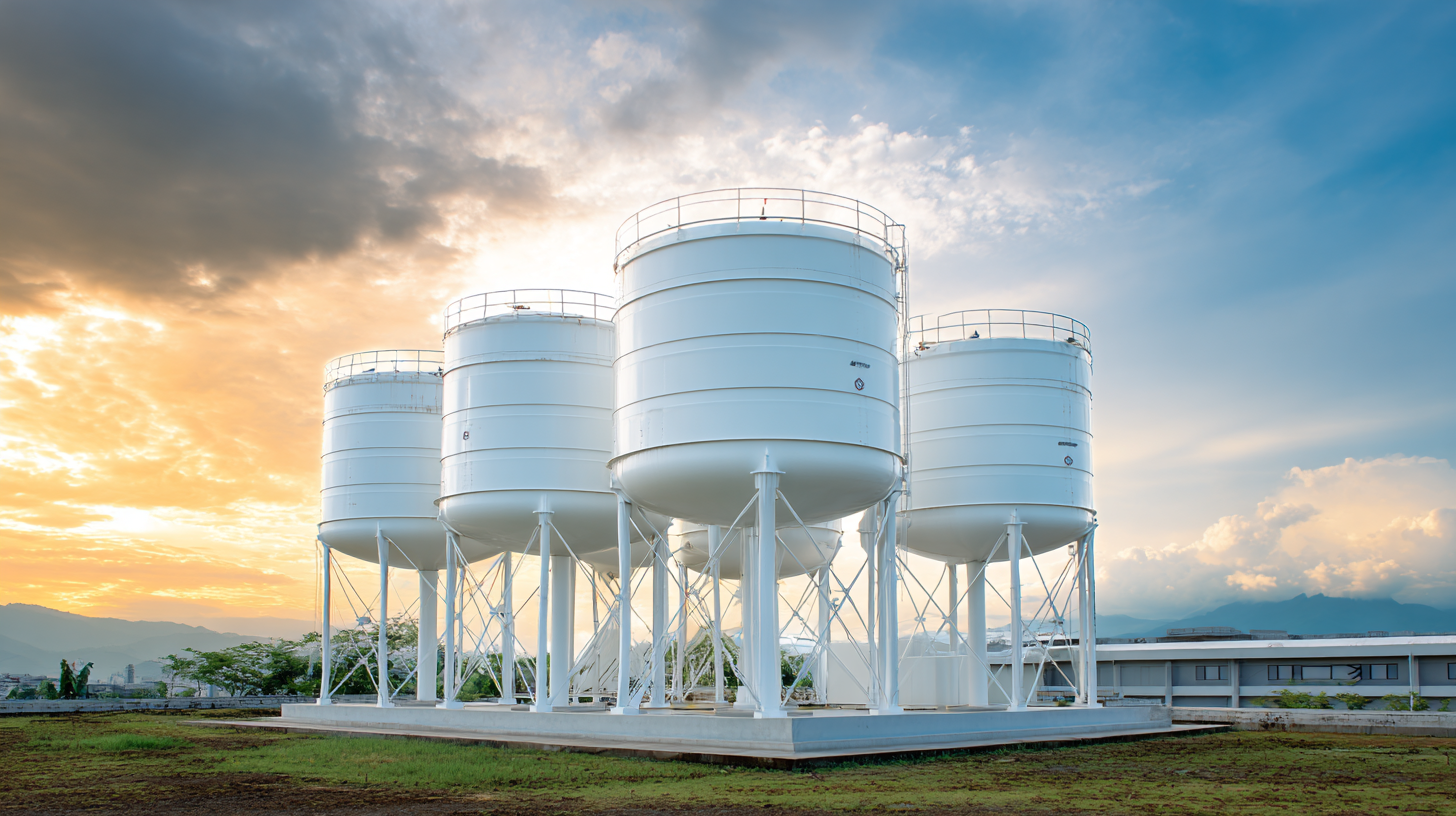 When selecting the right overhead tank for water storage, evaluating the materials and durability options is paramount. According to the Water and Wastewater Equipment Manufacturers Association (WWEMA), the longevity and corrosion resistance of tank materials significantly impact maintenance costs and overall efficiency. Common materials include polyethylene, fiberglass, and stainless steel, each exhibiting unique characteristics suitable for different environmental conditions. For instance, polyethylene tanks, while lightweight and cost-effective, may degrade under prolonged UV exposure, making them ideal for indoor use or shaded areas.
When selecting the right overhead tank for water storage, evaluating the materials and durability options is paramount. According to the Water and Wastewater Equipment Manufacturers Association (WWEMA), the longevity and corrosion resistance of tank materials significantly impact maintenance costs and overall efficiency. Common materials include polyethylene, fiberglass, and stainless steel, each exhibiting unique characteristics suitable for different environmental conditions. For instance, polyethylene tanks, while lightweight and cost-effective, may degrade under prolonged UV exposure, making them ideal for indoor use or shaded areas.
On the other hand, fiberglass tanks offer excellent durability and resistance to a wide range of chemicals, ensuring long-term performance in harsh environments. Data from the American Water Works Association (AWWA) indicates that fiberglass tanks have an operational lifespan exceeding 30 years when maintained properly, compared to the 10-15 year range often associated with untreated concrete tanks. Meanwhile, stainless steel tanks stand out for their exceptional strength and resistance to bacterial growth, which is vital for potable water applications. Their initial investment cost is higher; however, the long-term savings in operational costs often make them a worthwhile choice for municipalities and large facilities looking for sustainable water storage solutions. Evaluating these material options based on specific storage needs and expected environmental conditions will ensure optimal performance and durability.
When selecting an overhead tank for water storage, determining the ideal size and capacity is crucial to meet your household or business needs effectively. According to a report by the American Water Works Association, an average household of four typically requires around 100 gallons of water per day. This figure varies based on factors such as water usage habits, the number of appliances, and seasonal needs. Therefore, calculating the total daily usage can help establish the minimum capacity for your overhead tank.
Moreover, it's essential to consider peak demand times when determining capacity. A study by the Water Research Foundation emphasizes that many households experience significant spikes in water consumption, often exceeding average daily needs during mornings and evenings. To accommodate these fluctuations, water storage tanks should ideally provide 1.5 times the average daily demand. For example, if your household requires 100 gallons per day, selecting a tank with a capacity of at least 150 gallons would ensure sufficient supply during peak usage periods, preventing disruptions and fostering efficient water management.
This bar chart illustrates the recommended water storage tank sizes in liters according to the number of people in a household. Selecting the appropriate tank size can optimize water availability and manage your water storage needs effectively.
When selecting an overhead tank for water storage, installation and maintenance considerations are crucial for ensuring long-term efficiency and reliability. According to a report by the Water Research Foundation, proper installation can significantly affect the tank's lifespan and performance. For instance, tanks should ideally be located on a stable foundation to prevent shifts caused by soil erosion or flooding, which can reduce the risk of structural failure. The report suggests that ensuring proper elevation can provide adequate water pressure, minimizing the need for additional pumps.
In terms of maintenance, routine inspections and cleaning are vital. The American Water Works Association recommends inspecting overhead tanks at least once every five years to check for leaks, corrosion, and sediment buildup, which can compromise water quality. Furthermore, a study by the Centers for Disease Control and Prevention highlighted that regular maintenance can lead to a reduction in contamination risks by up to 30%. By prioritizing these installation and maintenance practices, users can enhance the efficiency and safety of their overhead water storage systems, ensuring they meet their intended needs effectively.
When considering an overhead tank for water storage, understanding the cost factors and long-term investment benefits is essential. According to industry reports, the initial cost of an overhead tank ranges from $1,000 to $3,000, depending on size, material, and installation complexities. However, it’s crucial to look beyond the upfront expenses; factors like maintenance, durability, and energy efficiency can significantly affect the overall cost over time. For instance, high-density polyethylene tanks, while slightly more expensive initially, can last up to 30 years with minimal maintenance, whereas cheaper options may require replacement within a decade.
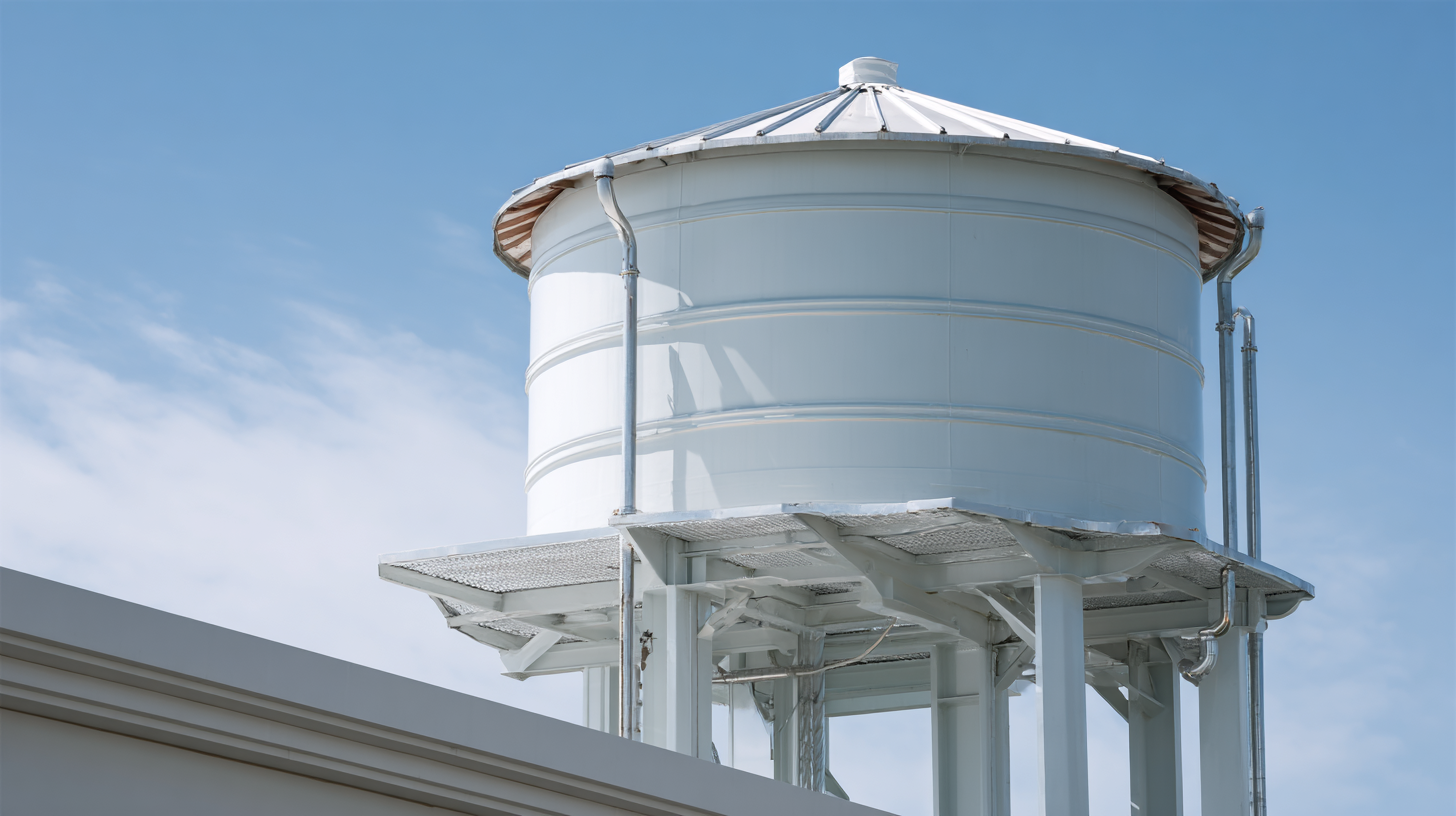
Tips: When evaluating tanks, compare the Total Cost of Ownership (TCO) which includes upfront costs, maintenance, and operational expenses. Investing in a tank with better insulation can save on heating costs, especially in regions with extreme temperatures.
Moreover, consider the volume and usage patterns of your water supply. It has been shown that households with storage capacities aligned with their consumption patterns reduce water wastage by up to 25%. A well-sized tank not only supports sustainable water usage but also offers you peace of mind during water shortages or emergencies, making it a wise long-term investment.


